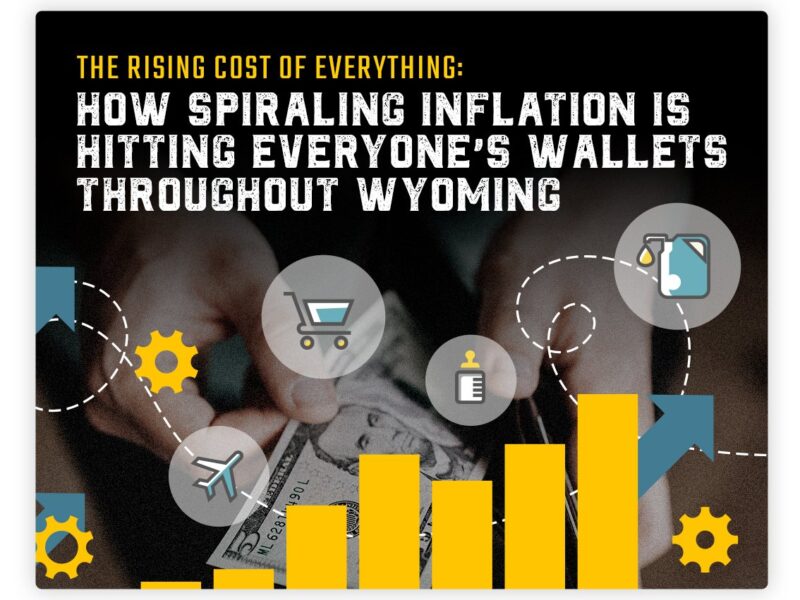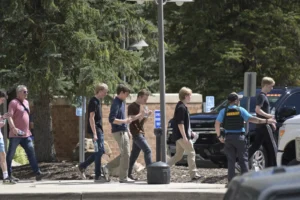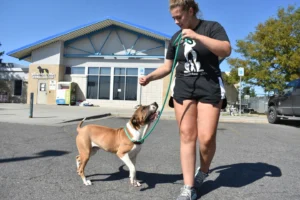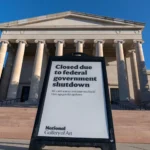THE RISING COST OF EVERYTHING: Inflation Soaring Higher in Wyoming than Nationwide
University of Wyoming senior takes on fourth job to cover expenses
- Published In: Other News & Features
- Last Updated: Aug 22, 2022

By Shen Wu Tan
Special to the Wyoming Truth
LARAMIE, Wyo. — Not since Ronald Reagan occupied the White House, MTV was in its infancy and Olivia Newton-John’s “Physical” topped the Billboard charts have Americans faced the sticker shock that’s become part of daily life. As prices climb for everything from eggs to electricity, inflation is hovering at the highest levels in 40 years.
And the question is, when will it end?
The consumer price index, which measures the cost of food, housing, gas, utilities and other goods, rose 8.5% in July from a year ago, trailing closely behind the 9.1% year-over-year increase reported in June, according to the U.S. Bureau of Labor Statistics. Though the gas index dropped slightly in July, it was offset by escalating prices for food and housing, the labor department found.
Wyomingites are feeling a painful pinch—more so than folks in other states, experts said. The annual inflation rate here for the fourth quarter of 2021—the most current data—was 9.3% compared to 7% nationwide, the Wyoming Economic Analysis Division reported. (The department only publishes economic reports in October and April.)

Robert Godby, associate professor of economics at the University of Wyoming, said the state’s inflation rate has been running about 2% ahead of the national rate since last year. Unemployment is exacerbating the economic picture: Wyoming has roughly 7,100 fewer jobs—of which about 4,200 are in the mining sector—than it had pre-COVID-19. And while prices for goods and services have accelerated, salaries have not kept pace. In the first quarter of 2022, personal income growth in Wyoming was around 3%, yet inflation was likely about 9%, Godby noted.
What’s driving record-high inflation in Wyoming? The spiraling price of rent, transportation and food, according to Wenlin Liu, chief economist at the Wyoming Economic Analysis Division.
A number of factors play into why Wyoming’s inflation rate exceeds that of other areas. These include greater distances from food sources, higher levels of energy dependence, the logistical challenges of delivering supplies to the state and less competition between businesses.
Like consumers, small business owners are feeling the sting of inflation, too. “They may be seeing higher rents and costs of real estate…,” Godby pointed out. “They’re also struggling with higher interest rates…as interest rates are rising that also squeezes you.” Supply chain slowdowns and worker shortages pose additional challenges.
The Wyoming Truth spoke to consumers and business owners across the state to find out how soaring inflation and a souring economy are impacting their budgets—and lifestyle. What are they doing to cope? Where are they cutting back? What, if anything, do they refuse to give up? The following profile is the first in our ongoing series.
Taking on multiple jobs to make ends meet
Natalie Christofferson is no stranger to hard work. She’s doing whatever it takes to put herself through the University of Wyoming and pay for her living expenses—even if it means holding down multiple part-time jobs.
In June, Christofferson, 23, took on a fourth job working in the pro shop at Fox Run Golf Course in Laramie to help cover her tuition, rent, groceries and living expenses. The senior has a $3,000 academic scholarship, but she must cough up $4,000 to cover the remainder of the tuition, as well as other mandatory school fees.
Her weekly hours as a cashier at the Sportsman’s Warehouse in Laramie were slashed from 25 to between five and 10 between December and July because of plummeting sales, forcing her to pick up another job a few months before the start of the fall semester.
“I wasn’t getting enough hours at Sportsman’s Warehouse because we weren’t having a lot of customers coming in,” Christofferson said. “We weren’t generating a lot of revenue. So, they cut down everyone’s hours at the store. They’ve actually cut down hours since March and it’s just been getting worse and worse.”
In addition, Christofferson is a personal trainer at the Half Acre Recreation and Wellness Center on the University of Wyoming campus, and spends one weekend a month working for the Wyoming Air National Guard.
“I wasn’t planning on getting another job, but things just kept getting more expensive – groceries, gas, everything like that,” said Christofferson, a kinesiology and health promotion major from Pine Bluffs.
But come the school year, Christofferson’s class schedule will prevent her from keeping the golf course job, and it’s causing her concern.
“I just won’t have time,” she said. “As a college student, I feel like you’re always worried about funds a little bit.”
She added, “I think I’ll make it work; it’s just going to be a lot more stringent than it has been. It’s definitely going to be a struggle when I’m not getting the steady cash flow from the golf course, and then I have to pay tuition on top of that. It’s definitely a little intimidating.”
To save money, Christofferson swore off food deliveries, switched to generic brands and started cooking more meals at home. She now shops more often at Walmart and rides her bike for errands to limit her gas usage. Christofferson also lives in an off-campus, three-bedroom apartment to minimize expenses.
The increasing living costs have not been easy, but Christofferson does what she can to make it work.
“I really hope the gas goes down, because that’s really expensive, man,” she said. “And groceries are really expensive, too. I feel like you go to Walmart, and you get 20 items and everything is more than $100. It’s like you walk home with two or three bags, and it’s $100 worth of stuff.”













